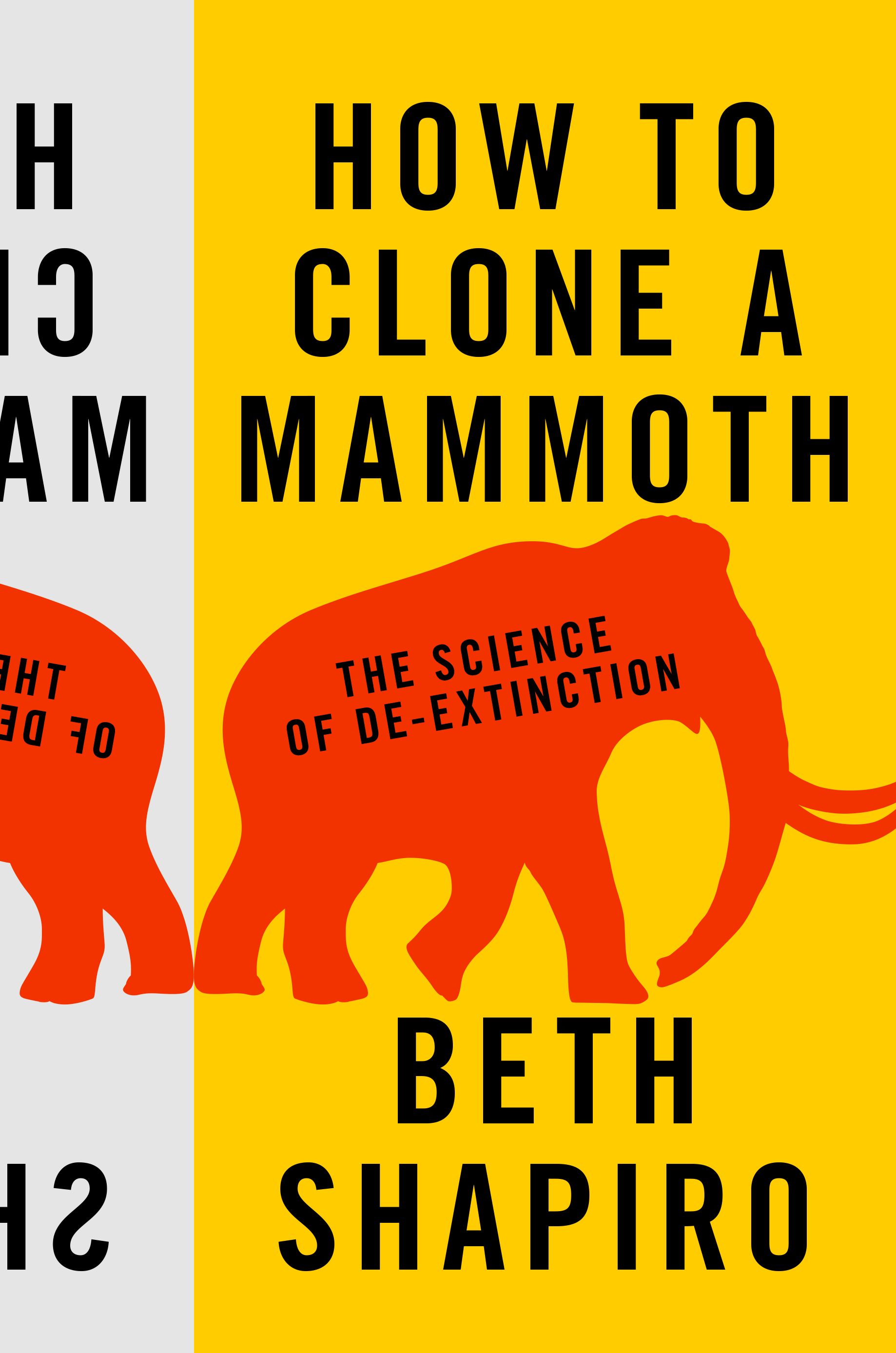How to Clone a Mammoth (Book Review)
How to Clone a Mammoth by Beth Shapiro – Book Review
There is a saying “may you live in interesting times”, thought by many to be an ancient Chinese proverb. We may not be too sure as to the derivation of this phrase, but for a geneticist, the early years of the 21st century are most certainly “interesting times”. Our understanding of DNA, that double helix shaped set of building blocks for life itself has come on in leaps and bounds over the last two decades.
Our species is on the brink of some startling developments in genetics, one of which is the ability, through the manipulation of an organism’s genome, to bring back once extinct creatures, or at least to produce a population of closely related living things that have characteristics of organisms that existed in the past.
Clone a Mammoth
Evolutionary biologist and ecologist Beth Shapiro, neatly summarises the current research and sets out some of the hurdles – scientific, moral and ethical, that mankind will have to overcome if the likes of a Woolly Mammoth will ever roam the Earth again. Her book “How to Clone a Woolly Mammoth”, published by Princeton Press sets out to explain how state-of-the-art science can lead to genetic modification, consequences of which, include the possibility of the return of the Passenger Pigeon to North America or the Mammoth to the tundra of Russia.
How to Clone a Woolly Mammoth by Beth Shapiro
Picture credit: Princeton Press
An Associate Professor at the University of California
Written in an informative but never patronising style, Beth an Associate Professor at the University of California, Santa Cruz, takes the reader on a journey beginning with the tricky subject of which species to consider for “de-extinction” and then how to go about finding a suitable specimen for the all important donation of genetic material. Her frank and knowledgeable account of Pleistocene fossil hunting expeditions in the Yukon and on the Taimyr Peninsula in the far north of Russia provides a fresh perspective on the difficulties involved in hunting for long extinct Ice Age creatures and the potentially game-changing genetic treasure that they may contain.
For further information and to purchase this book visit: Princeton Press.
“How to Clone a Mammoth”
“How to Clone a Mammoth” provides a comprehensive account of the current research and sets out the role that genetically modified organisms will play in conservation. Beth has skilfully blended cutting edge science with an overview of the ramifications that resurrecting lost fauna might have for the restoration of declining ecosystems. This book will be of interest to a very broad audience, from academics and students, to the general reader with a lay person’s curiosity for the ways in which genetic engineering is shaping life on Earth.
The Author Associate Professor Beth Shapiro
Picture credit: Kris Krug
Rapid Pace
This field of scientific endeavour is moving at a rapid pace. Recently, an international team of scientists, including Dr Love Dalén, from the Swedish Museum of Natural History (Stockholm), successfully sequenced the Woolly Mammoth genome. In a separate study, researchers have highlighted the alarming decline globally of large herbivores, that might lead to “empty landscapes”. Associate Professor Shapiro argues that elephants which have been genetically modified so that they are able to tolerate cold conditions could well play a significant role in habitat and ecosystem preservation in the near future.
“How to Clone a Mammoth” may soon date as the science of “de-extinction” progresses, but it provides the reader with a road map for understanding the path that genetic research developments may take us down.
Everything Dinosaur Comments
A spokesperson from Everything Dinosaur commented:
“This is a skilfully and conscientiously crafted book that explains the challenges and potential pit falls that lie ahead. The author has done much to de-bunk the myths and misleading information that surrounds this topic and “How to Clone a Mammoth” provides the reader with a comprehensive account of the state of current research as well as tantalising glimpses with regards to what risks and potential rewards “de-extinction” might facilitate.”
Highly recommended.
For further information on “How to Clone a Mammoth” or to purchase a copy: Princeton Press.
Everything Dinosaur stocks a range of scale models of prehistoric mammals including prehistoric elephants in the Eofauna model range: Eofauna Scientific Research Models.



